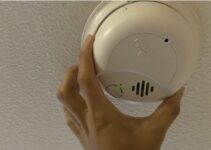Mounting a garage door opener is a crucial step in ensuring the safe and efficient functioning of your garage door. When installing a garage door opener, you have several mounting options to choose from, each catering to specific needs and space constraints. In this article, we will delve into each mounting option and its respective benefits:
Garage Door Opener Mounting Options
1. Ceiling Mount
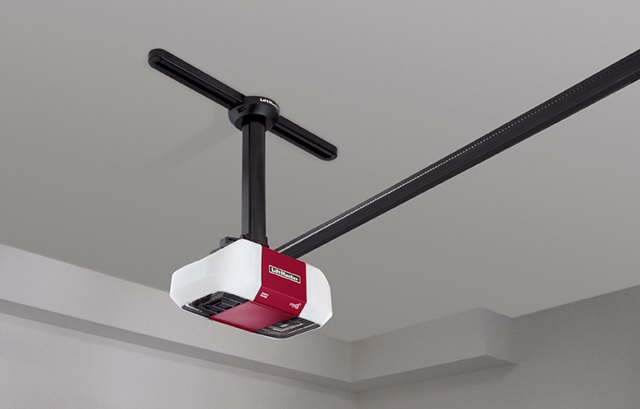
The ceiling mount is the most common and widely used method for installing garage door openers. In this setup, the opener unit is attached to the ceiling, typically positioned near the center of the garage door.
This placement ensures even weight distribution and minimizes stress on the door during operation. The ceiling mount is popular for its simplicity and suitability for standard residential garage configurations.
Benefits of Ceiling Mount
- Even weight distribution for smooth door movement.
- Ample space for installation in most garages.
- Easy access to the opener unit for maintenance.
2. Side Mount
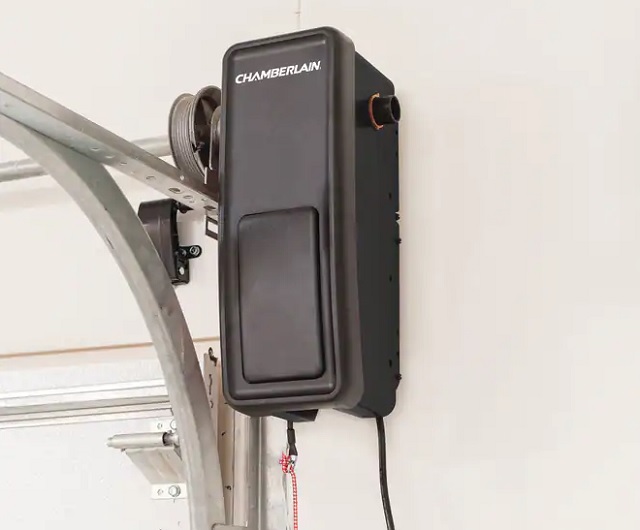
Side mount garage door openers offer an alternative solution when ceiling space is limited or specific installation requirements exist.
With this option, the opener is mounted on the side wall of the garage, usually near the torsion bar or shaft. This placement is particularly useful for garages with low ceilings or obstructions that prevent a traditional ceiling mount.
Benefits of Side Mount
- Ideal for garages with limited headroom.
- Suitable for spaces where ceiling mount is impractical.
- Can be adjusted to accommodate unique garage layouts.
3. Jackshaft Mount
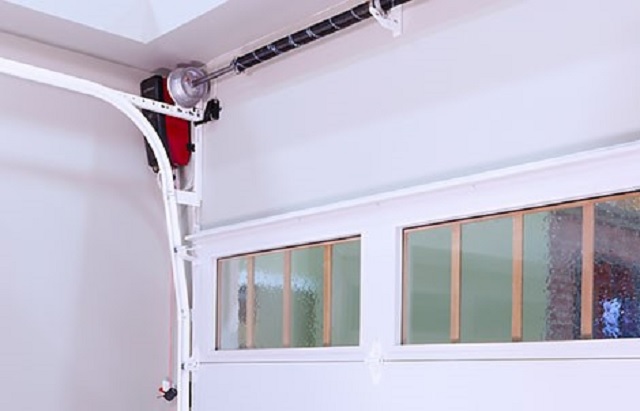
Jackshaft garage door openers, also known as wall-mounted openers, are installed on the sidewall beside the garage door. This innovative option is particularly beneficial for garages with high ceilings or where the ceiling space needs to be left clear for storage or other purposes. Jackshaft openers are also favored in commercial settings due to their space-saving design.
Benefits of Jackshaft Mount
- Saves ceiling space for storage or overhead systems.
- Well-suited for garages with high ceilings or custom configurations.
- Provides a clean and modern appearance.
Garage Door Opener Mounting Tips
Mounting a garage door opener requires careful consideration and adherence to specific guidelines to ensure safe and efficient operation. Here are essential tips and additional considerations to help you with the installation process:
-
Choose the Right Mounting Location
Selecting the appropriate mounting location is critical for the smooth functioning of the garage door opener. The opener should be mounted at least 12 inches away from the side wall and placed 72 inches above the garage floor. This positioning allows the carriage to travel the full width of the garage door without any obstructions.
-
Use the Right Hardware
Always use the mounting hardware provided by the manufacturer. This hardware is specifically designed to support the weight of the garage door opener and the door itself. Using subpar or incompatible hardware can compromise the safety and longevity of the opener system.
-
Follow the Manufacturer’s Instructions
The manufacturer’s instructions contain crucial information tailored to your specific garage door opener model. These instructions will guide you through the installation process step by step, ensuring that you set up the opener correctly and avoid potential pitfalls.
Garage Door Opener Mounting: Additional Considerations
-
Type of Garage Door
The type of garage door you have will impact the mounting location and clearance requirements. For example, if your garage door operates with a torsion spring system, you’ll need more clearance above the door to accommodate the springs’ movement. On the other hand, a garage door with a lift spring system may have different clearance requirements
-
Ceiling Height
Consider the height of your garage’s ceiling. If the ceiling is particularly high, you might need a longer rail or track for the carriage to cover the entire distance of the garage door. This ensures that the opener can handle the full opening and closing range without any issues.
-
Wall Space Availability
Take into account the available space on the wall next to the garage door. If there isn’t enough room on the wall, a ceiling mount option might be necessary. Ceiling mounts are a practical solution when wall space is limited or when you want to keep the wall clear for other purposes.
-
Structural Integrity
Before mounting the garage door opener, assess the structural integrity of the mounting area. Ensure that the ceiling or wall can support the weight of both the opener and the garage door. If you have any doubts, consult a professional for guidance.
-
Electrical Considerations
Make sure there’s a nearby power source for the opener. If you’re not familiar with electrical work, seek the assistance of a licensed electrician to handle the wiring and ensure safety compliance.
When contemplating the installation of a new garage door opener, it is essential to assess your level of expertise and the complexity of the task at hand.
Installing a garage door opener requires basic handyman skills, including the use of tools such as a screwdriver, socket wrench, and ladder. It is highly advisable to have assistance when raising and mounting the opener unit to the ceiling of your garage.
Furthermore, the installation process can be time-consuming, typically taking around 4-6 hours to complete. If you find yourself lacking the necessary skills or simply prefer not to undertake the installation personally, it is prudent to engage the services of a professional garage door opener installer.
Hiring a qualified installer may incur an additional cost, ranging from $100 to $200, depending on the size and specific requirements of your garage door. Opting for professional installation ensures that the job is completed efficiently and correctly, providing peace of mind and preventing potential issues down the road.
When choosing a garage door opener, it is crucial to consider the type of drive system that best suits your needs. There are three main types of drive systems available on the market:
Chain Driven Garage Door Openers
Chain drive openers are the most common and cost-effective option. They function by having a chain ride along a sprocket, enabling the garage door to move up and down. However, one downside of chain-driven openers is their tendency to produce more noise during operation, requiring regular maintenance to keep the chain running smoothly.
Belt-Driven Garage Opener Systems
Belt-driven openers use rubber belts to open and close the garage door, resulting in quieter operation compared to chain-driven models. The use of rubber belts also minimizes metal-on-metal contact, reducing vibration and enhancing the opener’s longevity.
Although belt-driven openers may have a slightly higher initial cost, they often prove to be a worthwhile investment due to their quieter and more durable performance.
Screw Drive Garage Door Openers
For those seeking a quieter garage door experience, screw drive openers are an excellent option. They have fewer moving parts than other drive systems and rely on a threaded rod to open and close the door.
As a result, these openers require less maintenance and are generally more reliable. However, it’s worth noting that screw-drive openers may operate at a slightly slower speed compared to chain-driven ones.
Conclusion
In conclusion, selecting the right garage door opener mounting option is essential for ensuring the smooth and efficient operation of your garage door. Whether you choose a ceiling-mounted, wall-mounted, or side-mounted opener, it is crucial to consider factors such as headroom, space availability, and noise levels.
Wall-mounted openers are great for conserving overhead space, while ceiling-mounted ones provide better compatibility with larger doors.

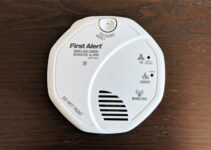
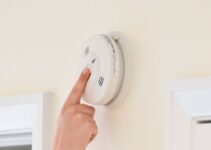
![First Alert Smoke Alarm Chirping Every 40 Seconds [FIXED] First Alert Smoke Alarm Chirping Every 40 Seconds [FIXED]](https://homestuffmag.com/wp-content/uploads/2023/04/first-alert-smoke-alarm-chirping-every-40-seconds-211x150.jpg)

